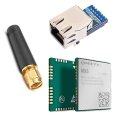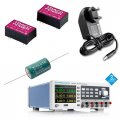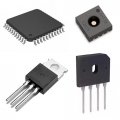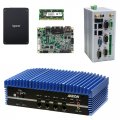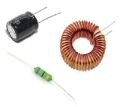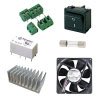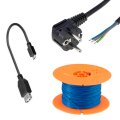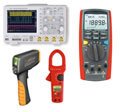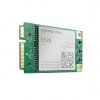The goal of LTE network development was primarily to increase the capacity and speed of wireless data networks over 2G and 3G using new DSP (digital signal processing) techniques and modulations that were developed at the turn of the millennium.
A further goal was the redesign and simplification of the network architecture to an IP-based system with significantly reduced transfer latency compared to the previous 3G (UMTS) architecture.
The LTE wireless interface is incompatible with 2G(GPRS/EDGE) and 3G(UMTS/HSPA) networks, and therefore it must be operated on a separate radio spectrum.
Overview of all available LTE modules from QUECTEL with parameter comparison:
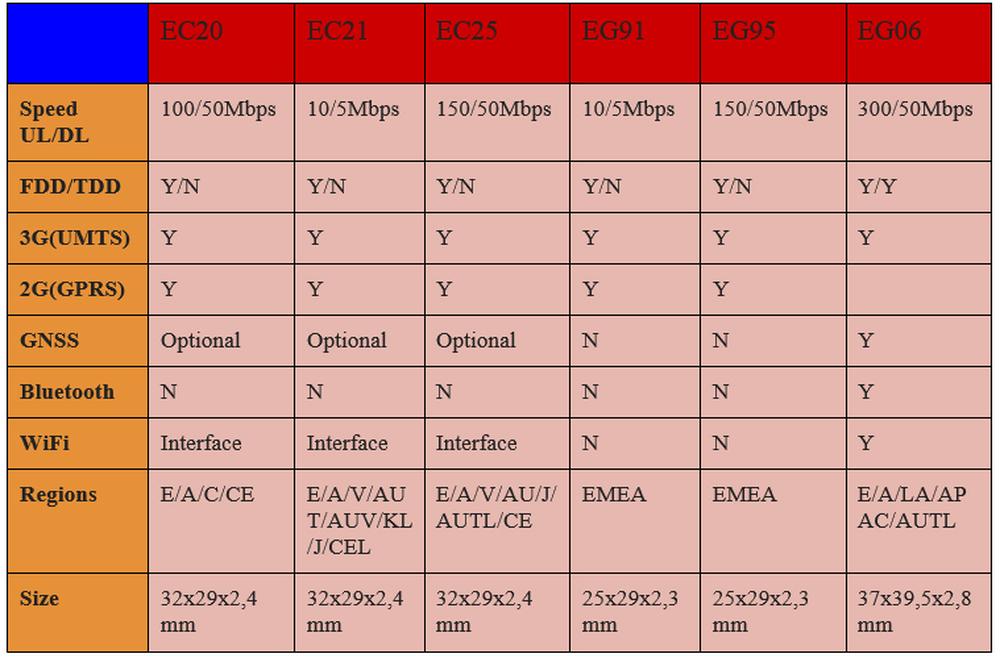
Some modules are also available with mPCI-e (EC20, EC21, EC25 and EG06) or M2 (EG06) interface. These modules are ready-to- use modules, e.g. in embedded systems running OS.
For development purposes, QUECTEL offers development kits for all LTE modules (module must be mounted on TEA board), P/N is UMTS<EEVB-KIT.
EG91 and EG95 are pin compatible with M95 (2G) and UG95/96 (3G) modules, which is a unique feature not available from other manufacturers.
For more information, please visit our QUECTEL webpages or contact our tech support on quectel@soselectronic.com
Do you like our articles? Do not miss any of them! You do not have to worry about anything, we will arrange delivery to you.
